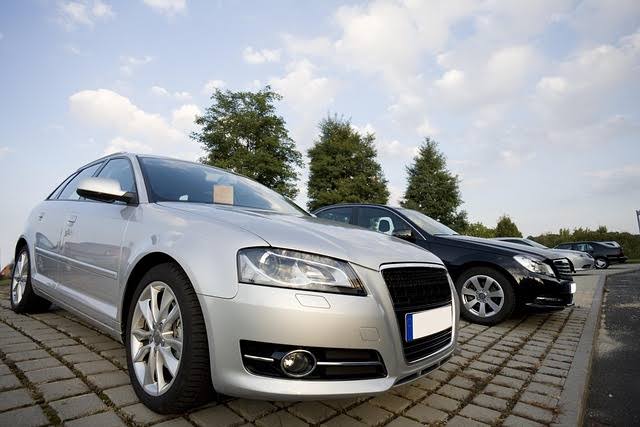Buying a used car can be a smart and cost-effective decision, but it requires careful checking before making a final call. A second-hand car may look fine from the outside, but hidden issues can lead to unexpected costs later. This is why having a clear checklist can help you stay confident in your decision. Here is a complete guide on what to look for before buying a used car.
1. First Impressions: Body and Paintwork
Begin with a slow walk around the car. Sight down each panel and look for ripples, mismatched shades of paint, or uneven gaps between doors and wings. Such clues often point to accident repairs.
While a minor scratch is regular, poorly aligned panels may hide structural damage. Step back, study reflections on the surface, and check the roof as carefully as the sides. Tyres should show even tread across their width.
2. Cabin Condition and Controls
Open every door, sit in each seat, and trust your senses. Worn bolsters, sagging headliners, or damp odours reveal how the car has been treated. Switch on the ventilation system, radio, window controls, and seat adjusters. A well-maintained cabin signals an owner who cared for the rest of the vehicle too.
3. Under the Bonnet
A clean engine bay alone does not prove good health, yet oil-soaked hoses and loose wiring indeed spell trouble. Check fluid levels and look for creamy residue on the oil filler cap; this can point to coolant mixing with oil. Belts should be free from cracks, and the battery should show no signs of corrosion at its terminals.
4. Test Drive: How It Feels on the Road
A short route covering city traffic and an open slack will uncover most flaws. The engine should start promptly and idle without hunting. Listen for knocks over bumps, feel for steering that pulls to one side, and note any vibrations through the pedals. Gear changes must be smooth, with the clutch biting predictably. Apply firm braking and ensure the car stops in a straight line.
5. Paperwork and History
Documents confirm the story the seller tells. Match the chassis number on the registration certificate to the one stamped on the body. Review service records for regular oil changes and scheduled maintenance. Consistent mileage entries across inspection certificates help verify that the odometer has not been altered. Check that taxes, insurance, and pollution certificates are up to date, and verify whether any major components were replaced under warranty campaigns. If you’re considering financing, a used car loan can help simplify your purchase and reduce upfront costs.
6. Professional Inspection
Even experienced buyers cannot see everything. A trusted mechanic or an authorised inspection service will lift the car, measure brake disc wear, and scan the electronic control units for stored faults. The modest cost of this step is far lower than the price of a hidden engine or gearbox repair.
Conclusion
A carefully chosen used car can serve faithfully for years, yet success depends on disciplined checks rather than luck. Examine the exterior, study the cabin, probe the mechanicals, demand complete records, and always drive the car before agreeing on a price. If you plan to finance your purchase, ensure you’re aware of the documents required for used car loan to avoid any last-minute surprises. Follow this checklist, and you position yourself to buy with confidence, securing both value and peace of mind.



































